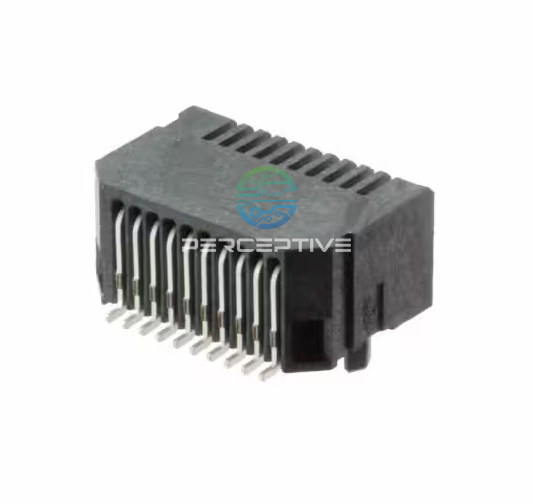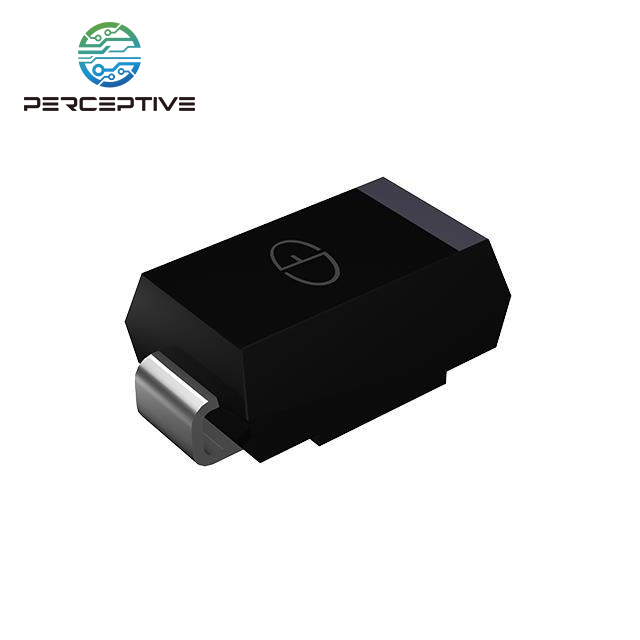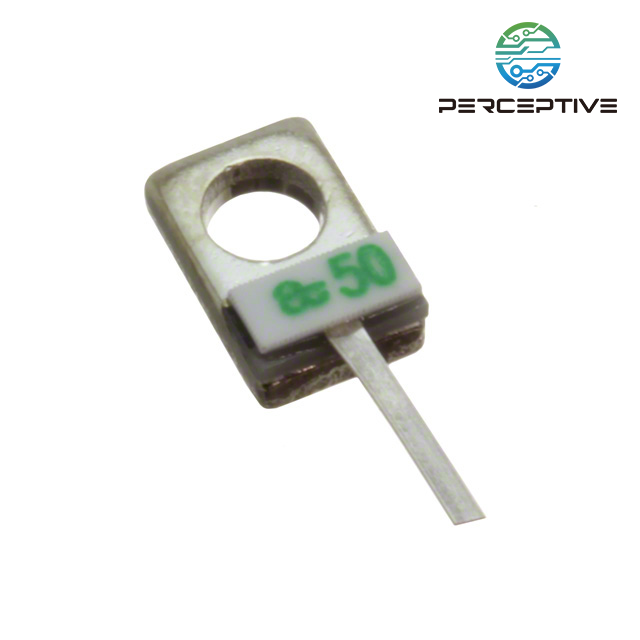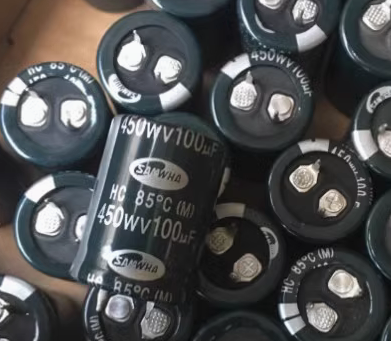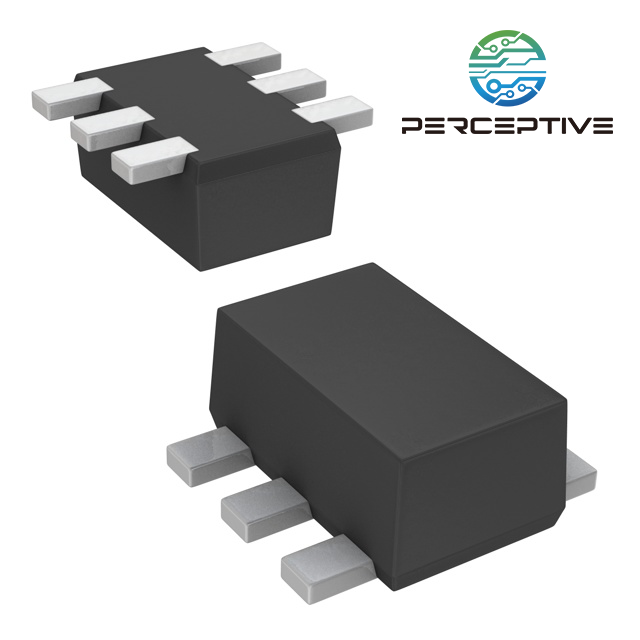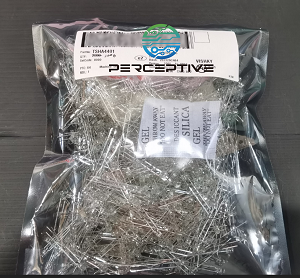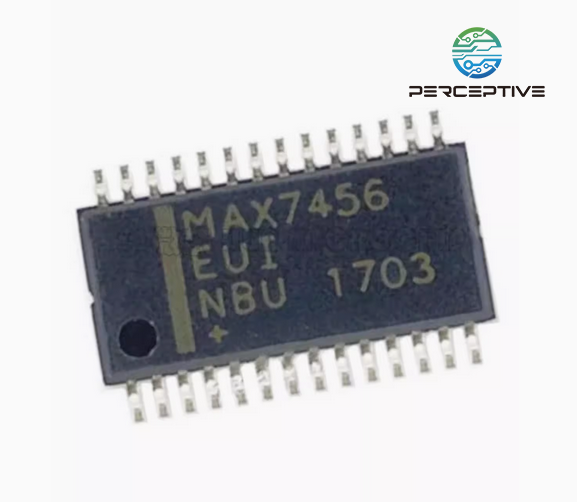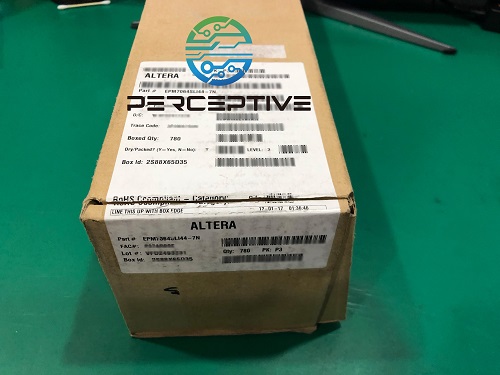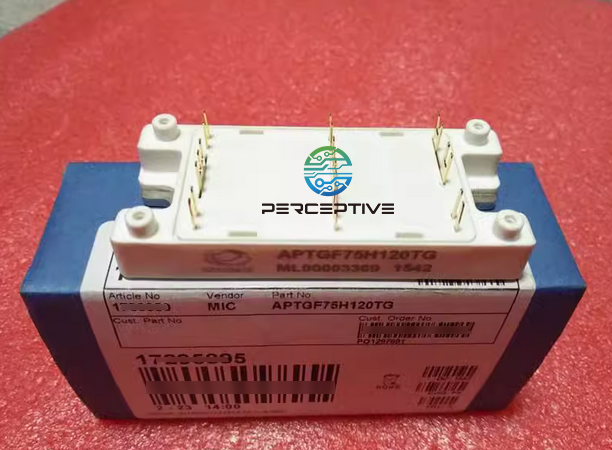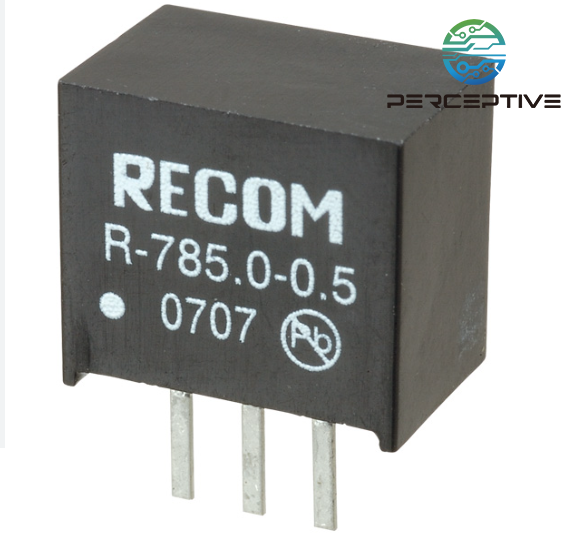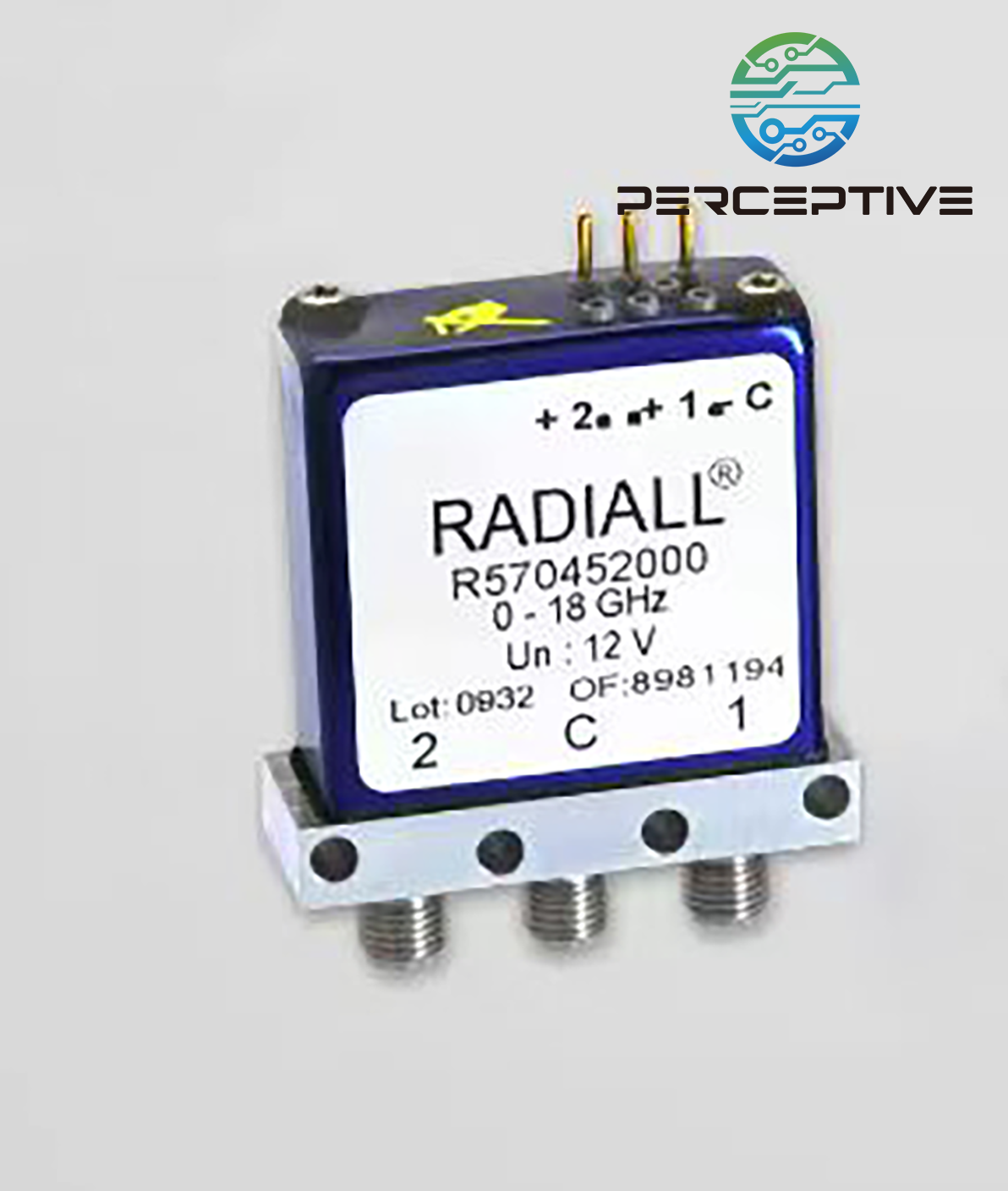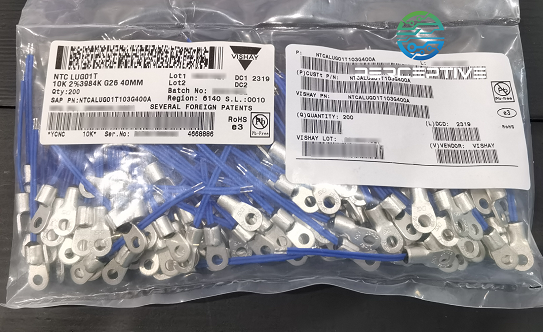Tiny battery-powered devices have become commonplace in everyday life. These products are being developed towards enhanced computing power, extended wireless range and better user interaction, while extending battery life and reducing cost. A particularly important design consideration that must be considered is lighting. This article discusses the need for advanced lighting before examining trends in LED performance and customizable LED color.
Requires advanced lighting
Figure 1 below shows an example of some of the design considerations required for LED performance. Luminaires are used in the user interface (UI) of an Internet of Things (IoT) sensor node to provide a range of information.
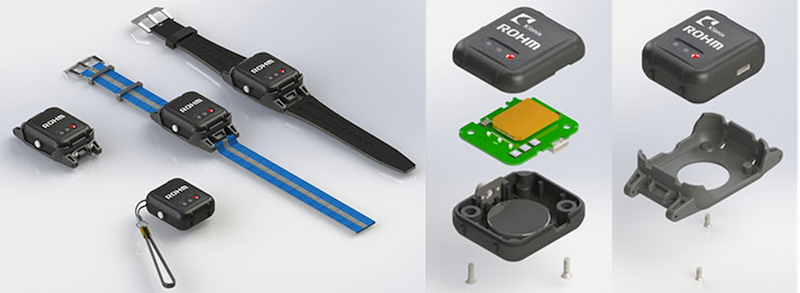
Figure 1. Multifunction IoT sensor with LED indicators
These lights may change color, blink at different intervals, and vary in intensity to communicate connection status, measurement progress, battery life, and any number of other data.
In a similar manner, individual lights can be arranged in shaped arrays to add an extra dimension to the display. Figure 2 shows an example of a minimalist wearable device, where multicolor LEDs behind the front surface are used to create characters, animations, sparklines, etc.
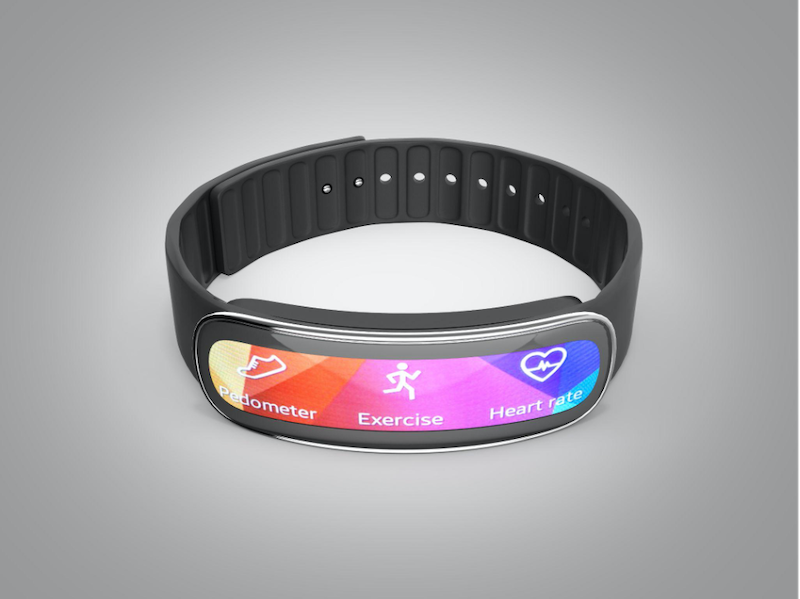
Figure 2. Wearable device using multicolor LED array
In both examples, the illuminated indicator is critical to the usability of the product and is limited by the energy capacity of the battery. In response to these opposing constraints, LED manufacturers have made great strides over the past few decades in creating customizable, high-efficiency devices.
LED Performance Trends
In theory, a perfectly ideal light source could produce 251 lumens per watt of applied power. As manufacturers pursue this idealistic goal, it has been observed that the light output of LEDs increases by 20% and the cost decreases by 10% every decade. This trend, also known as "Haitz's Law," is responsible for the proliferation of LED lighting in today's devices of all types, from small battery-powered wearables to industrial warehouse fixtures. Figure 3 illustrates the tremendous progress made over the past 20 years, showing the luminous intensity of surface mount (SMD) LEDs housed in 0603 packages.
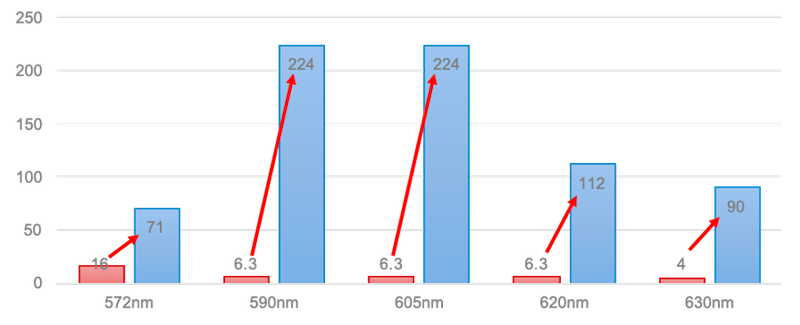
Figure 3. Progress of Luminous Intensity of 0603 Packaged LEDs from 2000 to 2020
This increase in luminous intensity introduces an unusual problem at the other end of the brightness curve. To produce light below maximum intensity, the LED bias current must be reduced because once this bias current approaches the knee of the IV curve, intensity variation between devices becomes a problem. As shown in Figure 4, once the bias current is reduced to single-digit milliamps, the luminous output ranges beyond the acceptable range.
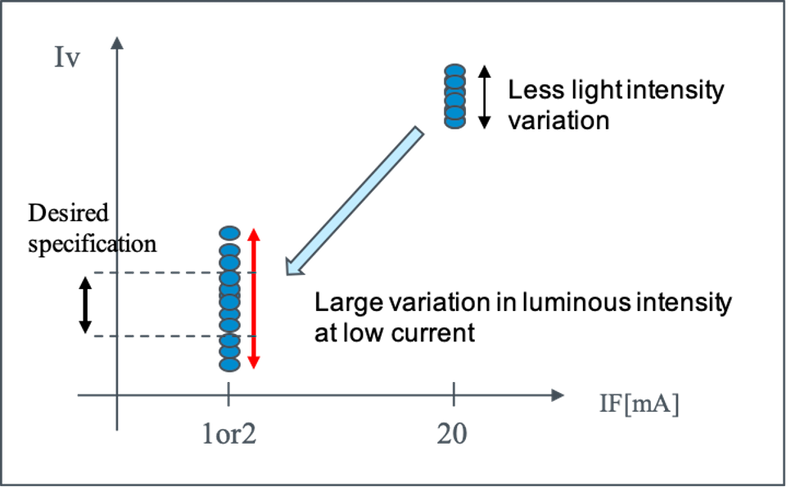
Figure 4. Luminous Intensity Variation of Conventional LEDs Biased at Low Current
This variation is especially problematic in battery-powered devices that use LED arrays. Since these devices tend to operate at the lower end of the bias current range, the side-by-side appearance of LEDs in an array can have unacceptable mottling.
Low Bias Current LEDs
Through advances in materials science, construction techniques, and packaging topologies, manufacturers have developed families of specialized LEDs for low-current applications. As shown in Figure 5, even with a bias of one or two milliamperes, these LEDs can maintain an acceptable range of emission variation.
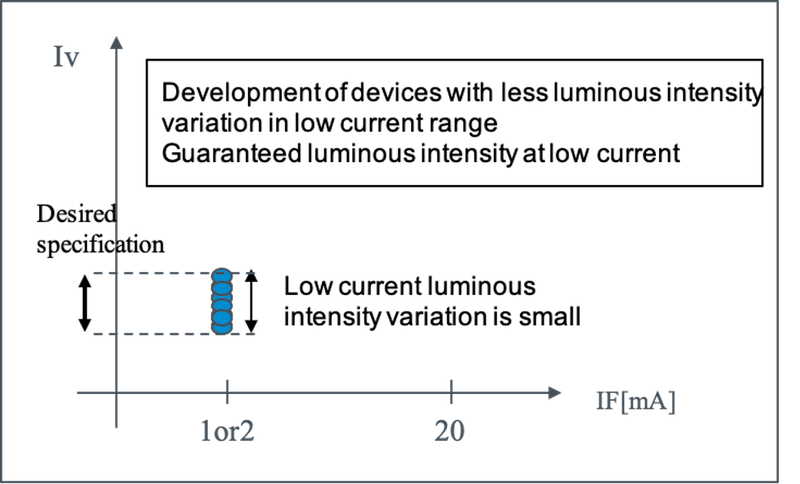
Figure 5. Variation in Luminous Intensity of an LED Designed to Operate at Low Bias Current
ROHM offers two such low-power LED product lines: PicoLED and SecoLED. These LEDs are characterized by forward bias voltages of 1 mA and 2 mA, respectively, and have luminous intensities between 2.0 and 13.0 mcd, depending on wavelength.
The development and introduction of LEDs designed for low current applications is a good example of the general advancements in lighting technology today. Such devices have become additional tools and levers available to product designers, affecting every aspect of performance, from user interaction to battery life.
Customizable LED Colors
Most design engineers are now familiar with the limited family of LED colors used in lighting products. A typical color palette consists of red, amber, yellow, green and blue, greatly limiting the possibilities for interesting LED interfaces. In recent years, however, the incorporation of specialized phosphors into the LED manufacturing process has opened up new possibilities for color customization.
Phosphors absorb light in the deep blue and ultraviolet spectrums and then emit visible light at different wavelengths. In Figure 6, the integration of phosphors into the epoxy of blue LEDs produces soft colors that were previously unattainable.
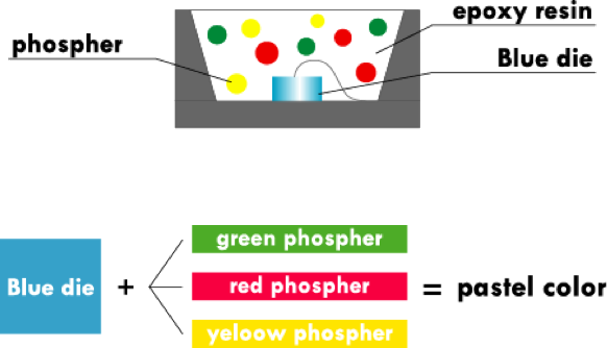
Figure 6. Combining blue LEDs with various phosphors to vary the final color
With careful selection of the appropriate phosphor and underlying LED chip, virtually any color can be achieved (Figure 7). In particular, advances in red phosphors are helping to produce warm white LEDs that compete with traditional incandescent light bulbs.
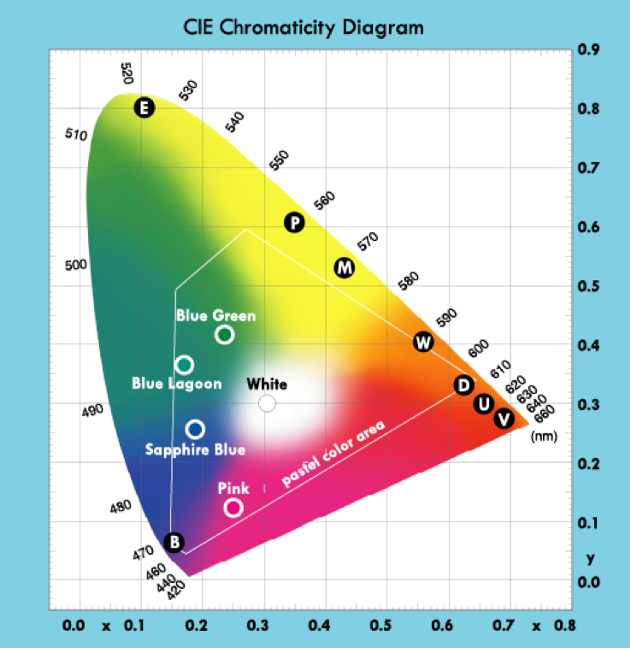
Figure 7. Chromaticity diagram of a phosphor-tuned LED
Recent advances in LED technology in terms of efficiency and light output have led to new low-power LEDs with bias currents in the single digits. These devices are critical in battery-powered electronics, such as wearables, where energy constraints are the most stringent and the look and feel of the user interface is critical. When combined with customized color tuning, modern LED solutions enable high-quality LED arrays with unlimited design freedom.

